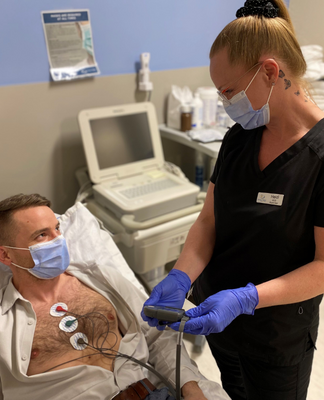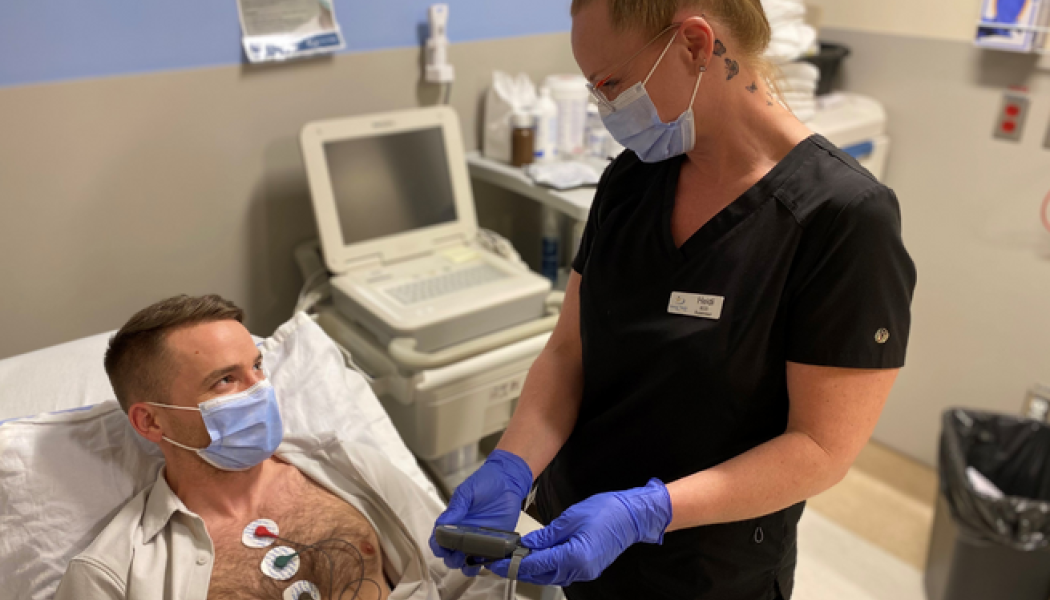One never expects to have heart issues at the age of 27 – but for Samantha O’Callaghan, it’s a reality. Samantha was diagnosed with third-degree heart block, for which she now has a dual chamber pacemaker, but also Supraventricular tachycardia (SVT), which requires cardiac ablation.
Samantha is delighted to hear that Interior Health is upgrading heart monitors across the region, improving patient access to important diagnostic testing, and enhancing timely access for physicians and nurse practitioners to these reports.
“I couldn’t be happier to hear about the Holter monitor upgrade project across Interior Health,” said Samantha. “Being 27 years old with unstable chronic arrhythmias, the importance of evolving and up-to-date technology is of utmost importance to my long-term care. I couldn’t be more grateful for the increase of my quality of life that Holter monitors have brought with their help in diagnosing and ultimately treating my chronic heart condition.”

A heart (or Holter) monitor is a diagnostic test that monitors cardiac rhythms via continuous electrocardiogram (ECG) tracing over 24 hours or more. For patients, the brand new devices and system will prevent diagnostic cancellation or the need for diagnostics due to equipment issues. The consistency of the new technology also ensures that the scanning of Holter exams can be done by clinicians across IH, meaning people can get their results faster than with the previous system.
This project is the outcome of the collaborative efforts between IH and the Royal Inland Hospital (RIH) Foundation. The project came to fruition because of a generous estate gift from Bill and Catherina Humphrey.
“The Royal Inland Hospital Foundation is proud to take care of our big family at Interior Health. The impact of this legacy donation is greater than we could have ever wished for,” explained Heidi Coleman, CEO of the RIH Foundation.
The phased roll-out, which includes 31 sites across Interior Health, began in March and will be complete by the end of June.














